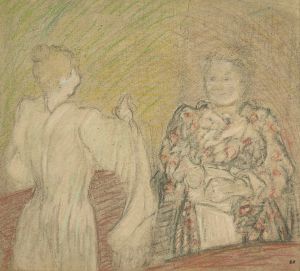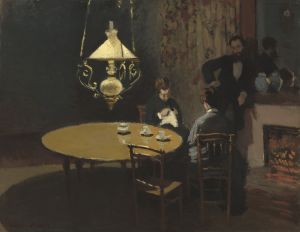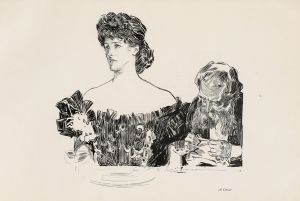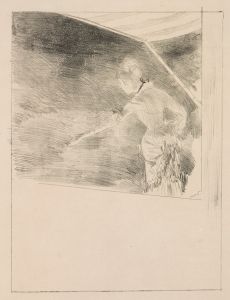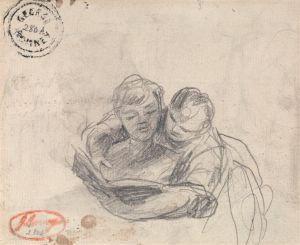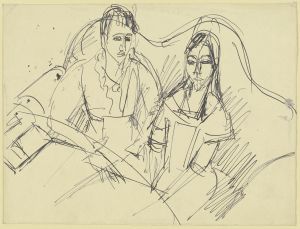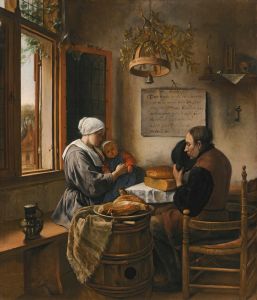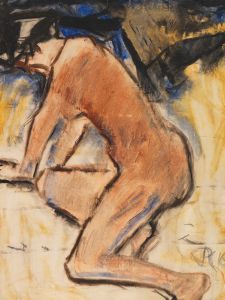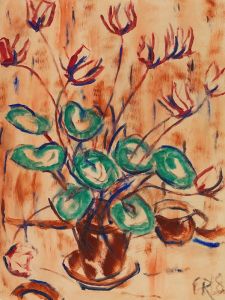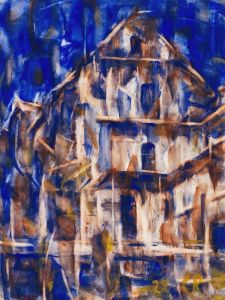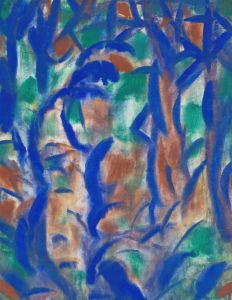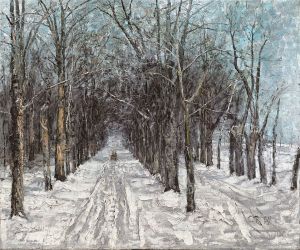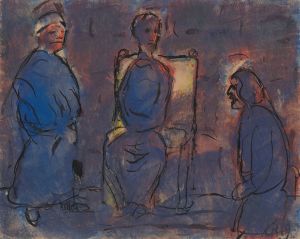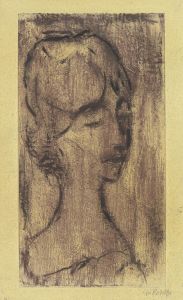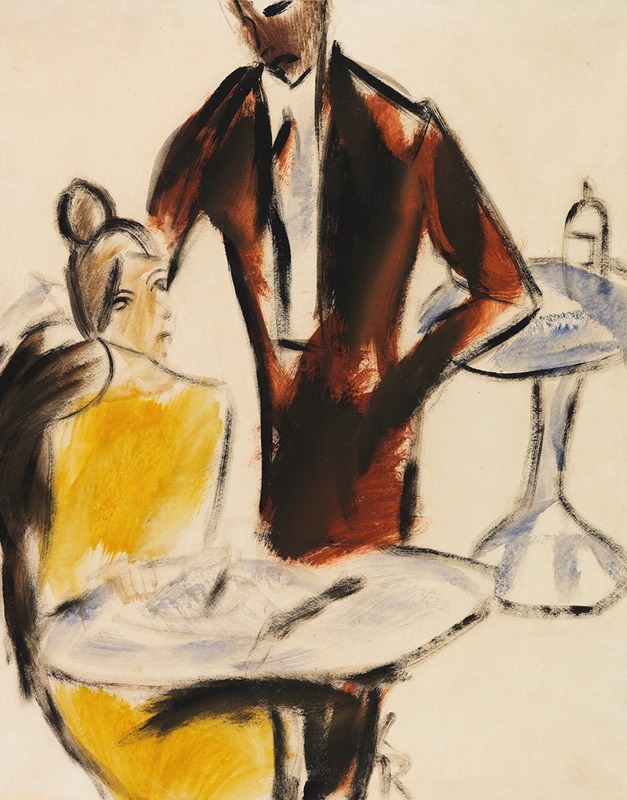
Paar
A hand-painted replica of Christian Rohlfs’s masterpiece Paar, meticulously crafted by professional artists to capture the true essence of the original. Each piece is created with museum-quality canvas and rare mineral pigments, carefully painted by experienced artists with delicate brushstrokes and rich, layered colors to perfectly recreate the texture of the original artwork. Unlike machine-printed reproductions, this hand-painted version brings the painting to life, infused with the artist’s emotions and skill in every stroke. Whether for personal collection or home decoration, it instantly elevates the artistic atmosphere of any space.
Christian Rohlfs was a prominent German painter associated with the Expressionist movement. Born on December 22, 1849, in Niendorf, Germany, Rohlfs initially studied at the Grand Ducal Saxon Art School in Weimar. His early work was influenced by Impressionism and Post-Impressionism, but he later became one of the leading figures in German Expressionism. Rohlfs' career spanned several decades, during which he experimented with various styles and techniques, reflecting the dynamic changes in the art world during his lifetime.
"Paar" is one of the works attributed to Christian Rohlfs, although specific details about this painting are scarce. Rohlfs' oeuvre is characterized by his use of vibrant colors, bold brushstrokes, and an emotional intensity that captures the viewer's attention. His works often explore themes of human emotion and the natural world, rendered in a style that emphasizes form and color over realistic representation.
Rohlfs' transition to Expressionism was marked by his move to Hagen in 1901, where he was invited by Karl Ernst Osthaus to work at the Folkwang Museum. This period was crucial for Rohlfs as he began to develop the distinctive style that would define his later works. His paintings from this era often feature distorted forms and vivid colors, aiming to convey emotional experiences rather than depict objective reality.
The painting "Paar" likely reflects Rohlfs' mature style, characterized by an expressive use of color and form. While specific information about the painting's composition and themes is limited, it can be inferred that, like many of Rohlfs' works, it might explore the dynamics of human relationships or emotions through abstract or semi-abstract forms.
Rohlfs' contribution to art was recognized during his lifetime, and he continued to paint and exhibit his work until his death on January 8, 1938. Despite the challenges posed by the political climate in Germany during the 1930s, including the Nazi regime's condemnation of modern art as "degenerate," Rohlfs remained committed to his artistic vision.
Today, Christian Rohlfs is remembered as a significant figure in the Expressionist movement, and his works are held in various collections worldwide. His paintings continue to be studied for their innovative use of color and form, as well as their ability to convey deep emotional resonance. While specific details about "Paar" remain elusive, it stands as a testament to Rohlfs' enduring legacy in the world of modern art.





